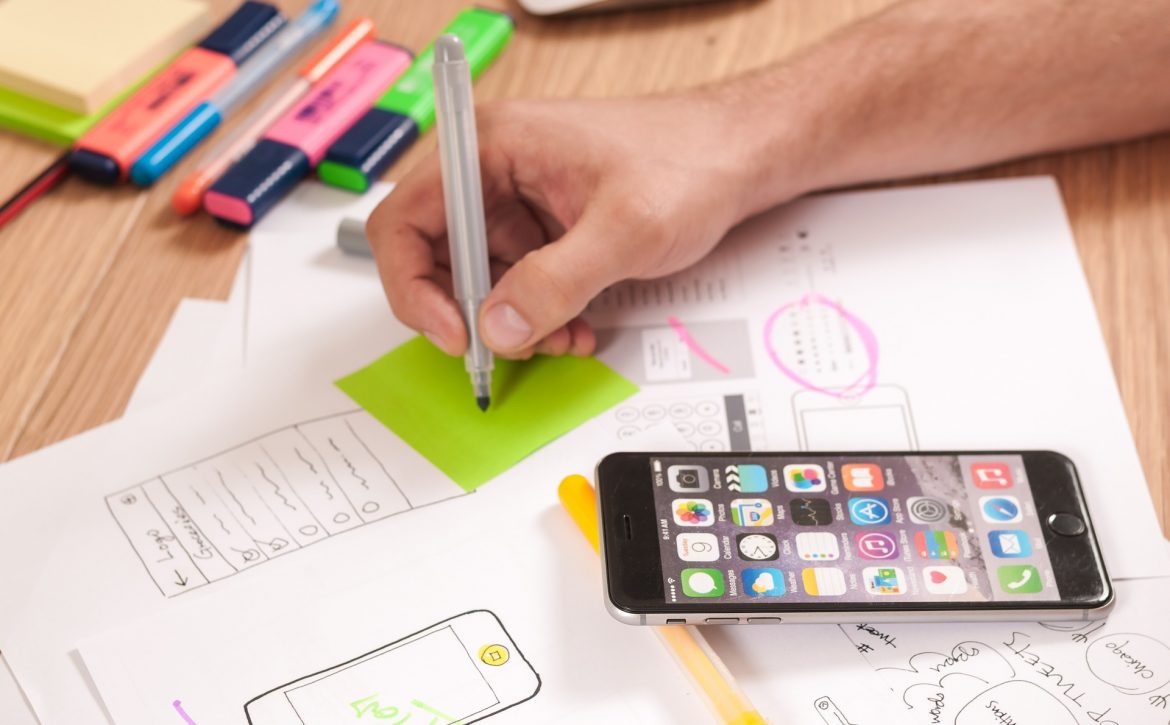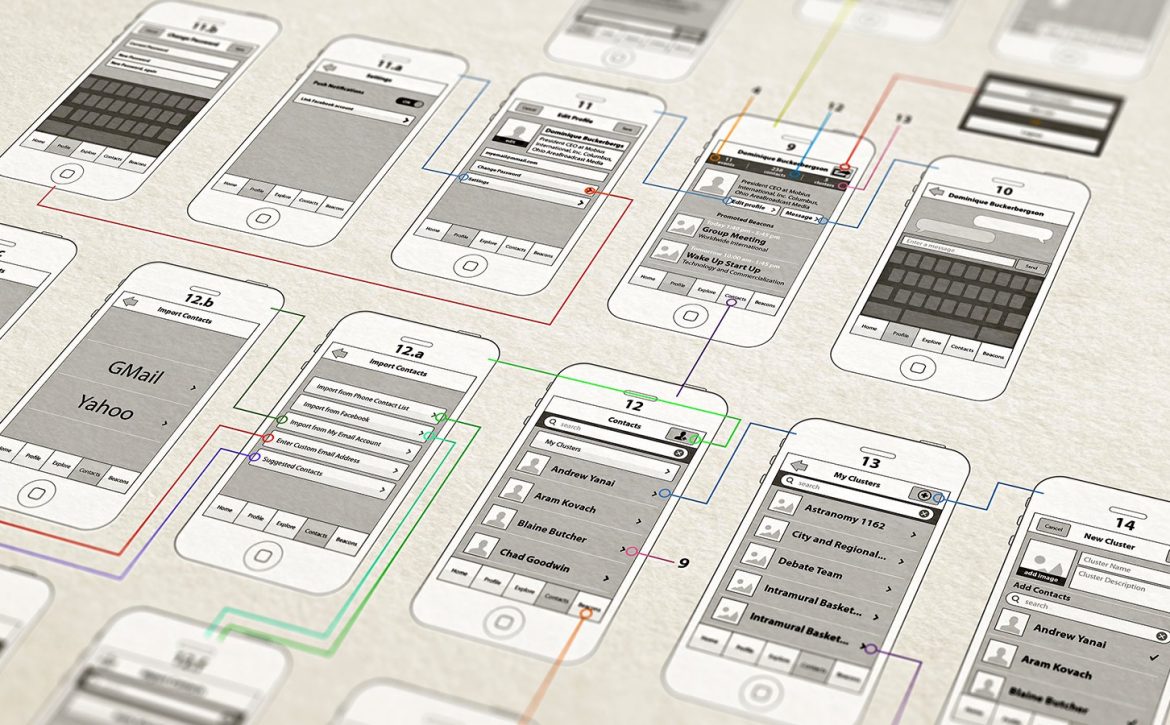8 Expected UX Design Trends in 2018
UX Design Trends in 2018
Did you know that a whopping 79% of individuals abandon a particular site if they don’t like the content? Also, with marketers placing utmost importance to content, it is only imperative that design layouts, both mobile and desktop incorporate the content experience as a crucial factor of UX design.
If you are planning to create a website with unique design ideas and are letting customers be effective with their time on the site, then UX will emerge as the key success driver.
Here’s a quick look at the eight major design trends that will rule the world in 2018!
8 UX Design Trends to look out for in 2018
Building an exciting website in 2018 can be tough if you don’t know the latest trends on board. The following pointers will surely help you create a stunning, unique, and fully functional website:
-
Use the power of ‘negative space’ for Content Experiences
Minimalist design is the most widely accepted design trend and the whole purpose is to remove distractions and help the reader focus on the main thing – Content.
Negative space also known as white space is a crucial aspect while designing a web page. It offers room for creativity and also acts as the breathing space for the important elements in your website. This white space design also helps readers to navigate easily on the website without creating any visual obstacles.
However, the concept of ‘white space’ isn’t new. Crucial changes in reading habits have compelled UX designers to incorporate this particular element. Open layouts and white space will increase readers’ focus, and it greatly improves the user experience.
The best example of using white space for a content centered experience is Medium – the single and utmost focus is to enable readers read long form blog posts without any visual distractions.

-
Conversational bots
Facebook popularized Chat Bots to a great extent. The messenger app helped numerous individuals create operational bots, and the number has increased significantly. The initial figures were 30,000 and that has gone up to a whopping 100,000 today. With some of the leading companies embracing the idea of Chat Bots, effective marketing communications and customer service has become easier than ever!
Some brands have also seen a spike in orders because of the ease and convenience of conversational bots. Hence, it is safe to assume that 2018 shall see more of such interactive design features on their websites.
-
Omnichannel UX
It is time we change focus from a mobile-first design. The number of connected devices are increasing and especially with Internet of Things (IoT) gaining more popularity, it is just natural that designers thing of an omnichannle user experience now. Today’s users are more goal oriented and are more concerned with completion of that goal irrespective of the devices they interact with.
While creating an omnichannel UX, a designer should be mindful of creating a seamless flow of user journey and make it easy for a customer to transit from one device to another without any hiccups in the user experience.
-
Moving closer to Virtual Reality
Although there’s a lot to improve, VR will still make significant impacts this year. Companies will incorporate VR strategies while showcasing products. Also, designing gestures for a VR environment that are similar to the natural environment will bey a key focus to help the VR market grow. More and more brands are opting VR technology for their marketing strategies only to create a different ‘user experience’.
Hence, VR is definitely going to be a subset of the greater picture of UX design in 2018.
-
Micro-interactions are common
If you wish to accomplish or complete a single-dimensional task, micro interactions will give you the perfect opportunity to do so. Here are some of the use cases of micro interactions:
- Feedback communication or the consequence of a particular action
- Accomplishing individual and isolated tasks, connecting one post to the other
- Manipulation of a particular setting
- Prevention of user error
The flexibility to add reactions to a particular post on Facebook is the greatest example of Micro-interactions.
-
Voice User Interfaces
Technology is constantly evolving to make daily tasks of human life easy and 2018 is definitely the year where Voice User Interfaces (VUIs) are going to gain more popularity. Design is bound to slowly move focus from clicks on websites to screenless experiences.
We already have a range of VUIs such as Siri for Apple, OK Google for Google, Alex for Amazon and Cortana for Microsoft, and a Gartner survey also suggests that 30% of our interactions with technology will happen in a more conversational style.
Hence, designing fro VUIs is going to gain momentum in 2018 however there is still time for this technology to mature and replace graphic user interfaces as these AI systems still need to become more efficient at understanding ‘how’ people talk about topics and the conversational flows.

-
Card-based designs are going a long way
Web designers and marketers are quite familiar with the ‘card-style’ design. The trend isn’t new and will continue to rule the design world. With Google implementing it into the material design, the trend seems to have a bright future.
The card design layout helps to showcase a lot of content in a clutter-free way on smaller screens. Also, the card layout helps to maintain design consistency across different devices such as mobiles, desktop and tablets.
A good example of the card-based design is again Medium where tons of content is displayed in a neat layout and it also makes it easier for the user to find what he is looking for click.

-
Smart and Personalized designs
Brands are moving away from a one-size-fits-all approach to a creating custom tailor-made experiences for each individual user. Also, with advancements in AI and Machine Learning, today companies have enough and ample data about user behavior, buying patters, interests etc.
Design also will now cater towards creating more personalized user experiences to enhance interactions with the brand. This is bound to take personalization and brand experience to the next level.
Conclusion
We looked at some of the key UX design trends that are going to take dominate 2018, but like they say, trends come and go, but what matters is that we continue to design and build products that touch people’s life. If you think there is an upcoming design trend that needs attention, let us know 🙂


















